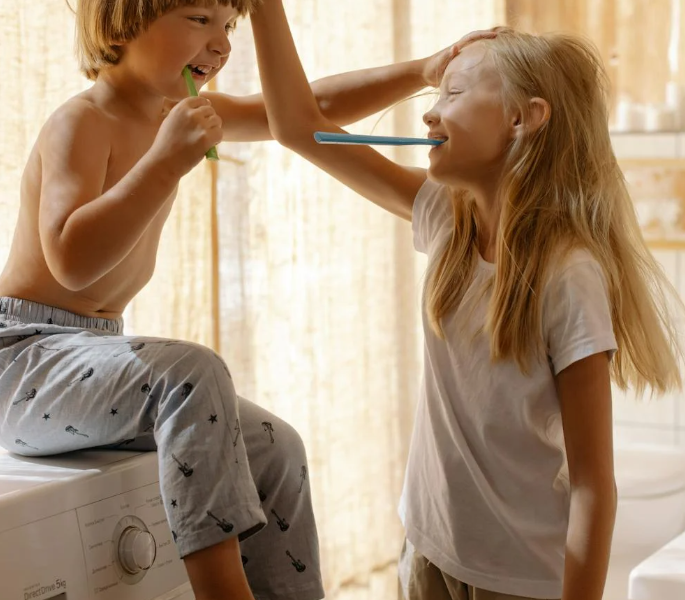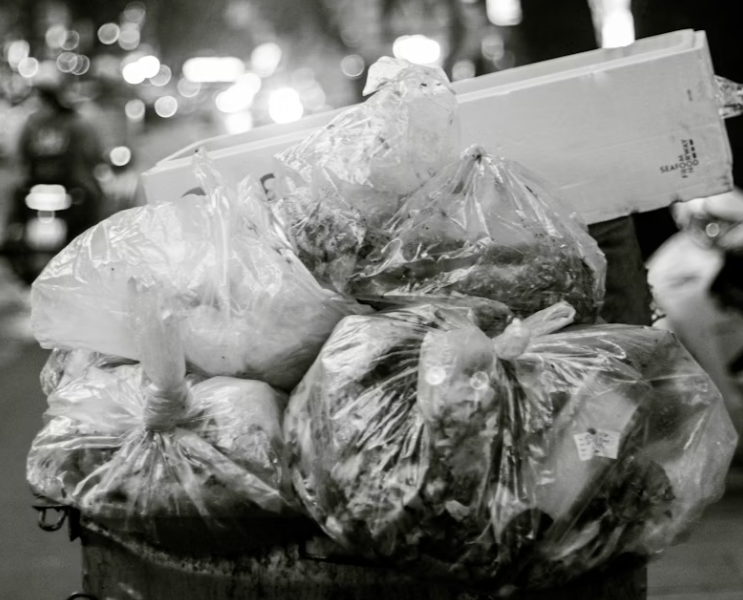Introduction: Why Reusables Matter
We live in a world increasingly dominated by convenience. But that convenience comes at a steep cost—especially when it’s wrapped in plastic, used once, and tossed away. Reusable household items are not just trendy or minimalistic—they are essential tools in the fight against climate change and waste pollution. From your morning coffee routine to the way you store leftovers, every small swap makes a big impact.

The Environmental Cost of Single-Use Items
Waste Generation Statistics
According to the World Bank, global waste is expected to reach 3.4 billion tons annually by 2050. A staggering portion of this comes from disposable packaging, utensils, and other single-use products.
Impact on Oceans and Wildlife
Plastic makes up over 80% of marine debris, harming over 700 species. Turtles choke on plastic bags mistaken for jellyfish, and birds feed bottle caps to their young. Our disposable lifestyle is literally poisoning ecosystems.
The Case for Reusables
Long-Term Cost Savings
It may seem more expensive to buy a $30 stainless steel water bottle than a $1 plastic one—but over time, that initial investment pays for itself tenfold. Reusables last longer, need fewer replacements, and reduce your need for constant repurchasing.
Reduced Environmental Footprint
Each reusable item replaces hundreds, sometimes thousands, of single-use counterparts over its lifetime. This not only slashes your household waste but significantly lowers your carbon footprint and resource consumption.
Top 10 Reusable Household Items
1. Reusable Grocery Bags
How They Help the Environment
Plastic grocery bags are used for an average of 12 minutes—yet they take up to 1,000 years to decompose. Reusable grocery bags eliminate the need for hundreds of plastic bags per person annually.
Best Materials and Brands
Opt for bags made from organic cotton, hemp, or recycled PET. Brands like Baggu, ChicoBag, and Earthwise offer durable, foldable designs that are easy to carry and clean.
2. Stainless Steel Water Bottles
Plastic Bottle Waste Breakdown
Globally, we consume over 1 million plastic bottles per minute. Most end up in landfills or the ocean.
Why Stainless Steel is Better
Stainless steel bottles are BPA-free, corrosion-resistant, and maintain your drink’s temperature. They can last decades, especially when properly maintained. Consider top performers like Hydro Flask or Klean Kanteen.
3. Glass Food Storage Containers
Health and Longevity Benefits
Plastic containers can leach chemicals into food—especially when microwaved. Glass containers are non-toxic, stain-resistant, and dishwasher-safe.
How to Switch From Plastic
Start by replacing old, stained plastic with one glass container at a time. Look for sets with airtight bamboo or silicone lids for freshness and sustainability.
4. Silicone Food Bags
Microwave and Freezer Safe Options
Unlike plastic zipper bags, silicone bags can handle hot liquids, microwaves, freezers, and even sous-vide cooking.
Brands to Consider
Brands like Stasher and ZipTop lead the market with platinum-grade silicone and leak-proof seals.
5. Beeswax Wraps
Natural Alternative to Plastic Wrap
Beeswax wraps mold around produce, cheese, or containers using the warmth of your hands. They’re breathable, naturally antibacterial, and compostable after wear.
How to Maintain and Reuse
Clean with cool water and gentle soap. Avoid heat sources and replace once the wax coating wears down (typically after 6–12 months).
6. Cloth Napkins and Towels
The Disposable Paper Towel Problem
Americans use 13 billion pounds of paper towels each year. That’s trees, water, and energy used—only to be thrown away after a single wipe.
Tips for Cleaning and Storage
Choose 100% cotton or linen. Keep separate cloths for cleaning vs. dining. Store used towels in a bin until laundry day.
7. Refillable Cleaning Products
Concentrates and Refill Stations
Ditch the giant plastic jugs. Many brands now offer eco-friendly concentrates you mix at home using tap water. Others use refill stations or mail-back pouches.
Brands with Zero-Waste Goals
Companies like Blueland, Grove Collaborative, and Etee are pioneers in refillable, low-waste cleaning products—from sprays to dish soaps.
8. Bamboo Utensils
The Plastic Cutlery Dilemma
Plastic cutlery is rarely recyclable due to its size and material mix. Most ends up in landfills or oceans.
Travel and On-the-Go Kits
Keep a compact bamboo cutlery kit in your bag, car, or lunchbox. It’s perfect for takeout meals or travel. Brands like To-Go Ware offer convenient roll-up pouches.
9. Reusable Coffee Filters
Types: Cloth vs. Stainless Steel
If you brew daily, consider a reusable cloth filter or stainless steel mesh filter. They eliminate the need for single-use paper filters and enhance the flavor.
How Much You Save Over Time
With daily brewing, you could save over 300 paper filters annually—plus reduce packaging waste and cost.
10. Rechargeable Batteries
Battery Pollution and Landfills
Batteries leak toxic chemicals when dumped in landfills. Rechargeable batteries reduce that risk and waste significantly.
How to Maximize Lifespan
Use a smart charger and avoid overcharging. Brands like Eneloop and Energizer Recharge offer high-performance rechargeable batteries with hundreds of cycles.
How to Start Transitioning Your Home
Create a Swap-Out Plan
Start small—replace one disposable item per week. Set a monthly goal and track your progress. It’s like decluttering your waste habits.
Educate the Household
Make it a team effort. Educate kids and partners on how and why to use reusable items. Hang a visible reminder in the kitchen or laundry room.
Final Thoughts: Your Daily Impact Matters
Every reusable product is a vote for a cleaner planet. These swaps don’t just reduce waste—they send a powerful signal to industries and policymakers. Change doesn’t happen overnight, but one cup, one bag, one napkin at a time—it adds up. Your everyday choices, multiplied by millions, can help reverse the damage of decades.
FAQs
1. How do I clean beeswax wraps properly?
Use cold water and a mild soap. Avoid hot water or dishwashers as heat melts the wax coating.
2. Are reusable items really more cost-effective?
Yes. While the upfront cost is higher, reusable items last much longer and eliminate recurring purchases.
3. What is the best reusable alternative to Ziploc bags?
Silicone food bags, like those from Stasher, are heat-resistant, durable, and airtight—making them ideal replacements.
4. Can I use cloth towels instead of paper towels for cleaning?
Absolutely. Cloth towels are absorbent, washable, and reusable hundreds of times.
5. Where can I recycle old single-use items during my transition?
Look for local recycling centers, TerraCycle boxes, or mail-in recycling programs for hard-to-recycle materials.


